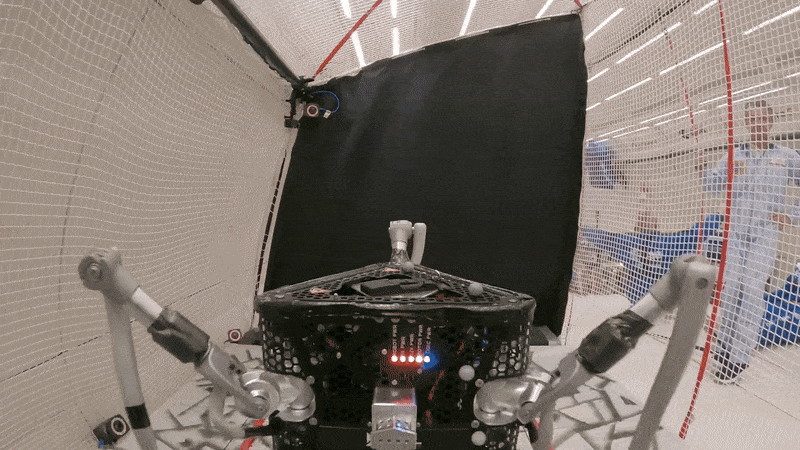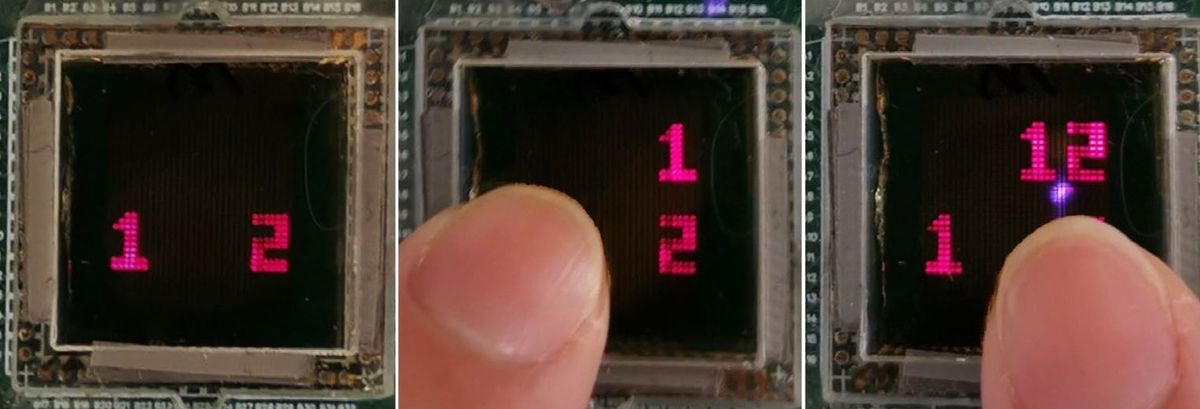Every 5-10 years people with pacemakers undergo surgery just to replace their pacemaker batteries. The operations are risky for some patients and costly, so researchers have been proposing alternative ways to keep those pacemakers powered up. We've seen a rubber film that could harvest energy from walking and breathing, a turbine that fits in a human aorta, and microbial fuel cells that use energy from blood sugar. Now researchers have proposed harvesting energy from heartbeats.
Researchers at the University of Michigan designed the device around the idea of catching vibrations from heartbeats and converting them into electricity using a piezoelectric material. The university's news service reports that the device could generate 10 microwatts of power, or about eight times the amount a pacemaker needs to operate.
Piezoelectric materials have been demonstrated to power mobile phones and other portable electronic devices, but translating the technology for mass production has proved impractical. In applying the technology to pacemakers, the researchers designed the shape of the ceramic layer to harvest vibrations across a broad range of frequencies. Magnets were also incorporated to boost the electric signal. The design is described in the current issue of Applied Physics Letters as "linear low frequency and nonlinear mono-stable and bi-stable energy harvesters."
No prototype has been built yet, but the researchers have detailed blueprints and run simulations demonstrating the concept. Tests indicate that the device could perform at heart rates from 7 to 700 beats per minute.
The researchers, aerospace engineers Amin Karami and Daniel Inman, originally designed the device to generate power from wing vibrations on light unmanned airplanes.
Photo: Travis Goodspeed
Emily Waltz is a features editor at Spectrum covering power and energy. Prior to joining the staff in January 2024, Emily spent 18 years as a freelance journalist covering biotechnology, primarily for the Nature research journals and Spectrum. Her work has also appeared in Scientific American, Discover, Outside, and the New York Times. Emily has a master's degree from Columbia University Graduate School of Journalism and an undergraduate degree from Vanderbilt University. With every word she writes, Emily strives to say something true and useful. She posts on Twitter/X @EmWaltz and her portfolio can be found on her website.



